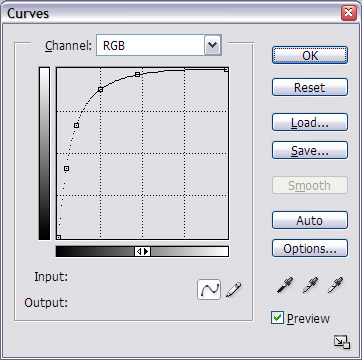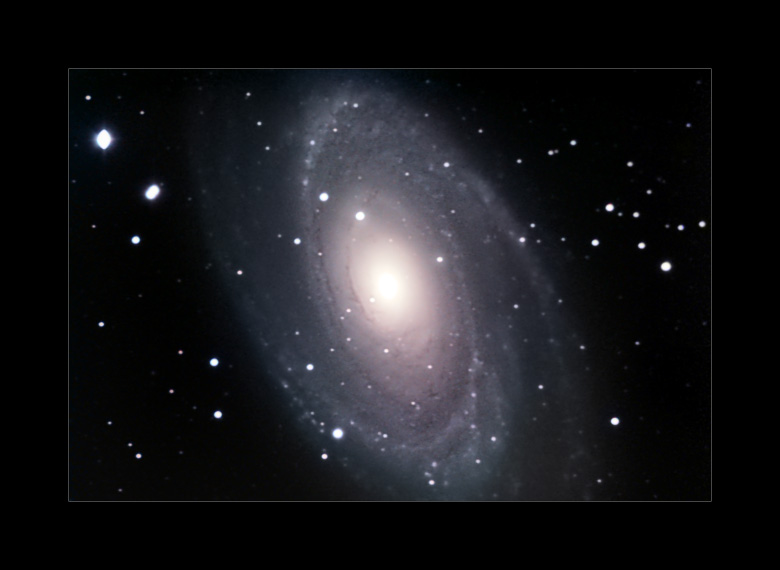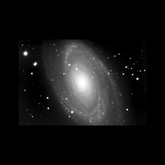M81, one of the brightest galaxies in our skies, was discovered by Johann Bode on New Year's Eve 1774. It is near the Big Dipper and it is one of my favorite winter galaxies.
There are very few galaxies in the sky that are better than M81 for astrophotographers. Its beautiful spiral arms are more interesting than those of the brighter (and much larger) M31. And M81 is larger and brighter than M51. On those cold, wintry Northern Hemisphere nights, be sure to give this galaxy its due.
Capturing M81
At one-third of a degree across, M81 is too big for the DSI on a typical 8" SCT at f/10. Use a smaller telescope or a focal reducer. The image above was captured on an 8" at f/4 and the galaxy just barely fit.
M81 is large and bright and should be easy to find. On the DSI's preview screen you will see a bright fuzzy oval as M81 comes into view.
M81 is bright enough that you may be tempted to skimp on exposure time. It is true that you will be able to make out the spiral arms after only a few minutes of exposure, but there is a wealth of detail in this galaxy and the longer you expose, the better that detail will come out.
Devote no less than an hour of luminance exposure and do two hours or more if you can. It is also worth spending time getting good color exposures. I only spent 15 minutes per channel on the image above and it was not really enough.
Processing the Image
As with all galaxies, the challenge with M81 is to brighten the delicate arms without overexposing the core. I started by using an aggressive curve to bring out the arms while keeping the core under control.

When processing M81, you can think of the galaxy as having three separate zones. The core of the galaxy is very bright and (generally) featureless. The bright arms and the disk right around the core are where all the detail is. The dimmest area is at the edges of the arms (particularly on the left arm in the picture above).
Your goal in processing is to bring up the brightness of the dim arms while not overexposing the core and while keeping good contrast in the bright arms. Your best bet is to create layer masks that isolate each of these zones and process them separately.

